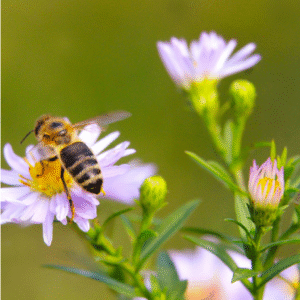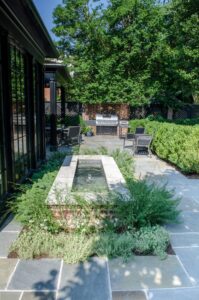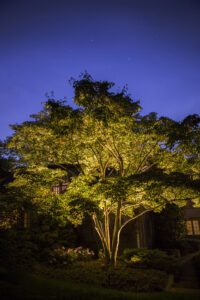By: Ash Green
Proper plant placement plays an essential role in landscape design. It is a compromise between the science of growing plants and the desire for artistic expression with plants. It is also important to note the abundant environmental benefits associated with proper plant placement. For example, tree placement has a significant role in energy conservation. Winter sun that enters south facing windows can heat your home effectively. Evergreen shade trees planted on south and west facing windows and sides of the house can provide summer cooling. They can block seventy to ninety percent of the sun’s radiation.
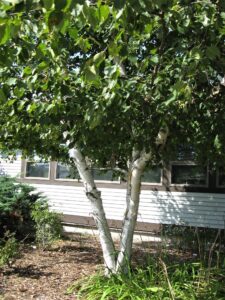
Homes with south facing windows have the potential to capture winter solar heat. In the winter, deciduous tree branches can intercept twenty to fifty five percent of the sun’s radiation. For winter energy conservation, avoid placing trees where they would shade the windows in the winter and open drapes to allow the sun’s energy into your home. When properly placed, trees can also reduce air conditioning demands by ten to thirty percent. Size is a primary consideration in tree selection. Trees should fit in the available growing space without pruning. This is of importance under utility lines because utility has the right-of-way. Frequent pruning is required to keep utility lines clear, increasing our utility rates. Homeowners often desire fast growing trees. However, fast growing species like Paper Birch or a Pin Oak that have a shorter lifespan and may need to be replaced much sooner than other tree varieties.

When looking for a new shade tree to add to your space, it is important to look for trees that are pollution resistant and have high wildlife value, such as the Amelanchier (Serviceberry) and Malus (Crabapple). Planning for large trees in landscape design is also essential to obtain the maximum environmental benefit within your landscape.
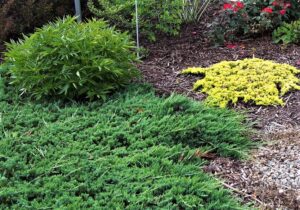
Another important benefit of proper plant placement is erosion prevention. Erosion occurs when topsoil is disturbed by natural forces like heavy winds or rainfall causing it to fall away. Removing vegetation and changing the natural drainage pattern of the landscape can also cause erosion.
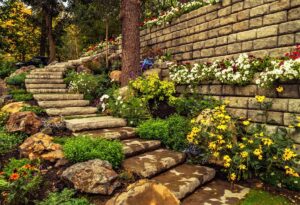
Ground covers like creeping juniper, creeping thyme and mondo grass have vigorous root systems that aid in the control of erosion. Retaining walls and hillside landscaping are also great options for erosion control to prevent landscape destruction.
Knowing how to select plants for according to the specifications of your space and how that plant will thrive in the place you plant it will have long term benefits for the longevity of your landscape overall. Here at Planted Earth Landscaping, we are no stranger to the specific requirements involved in the planning and creation of a beautiful scenery.


